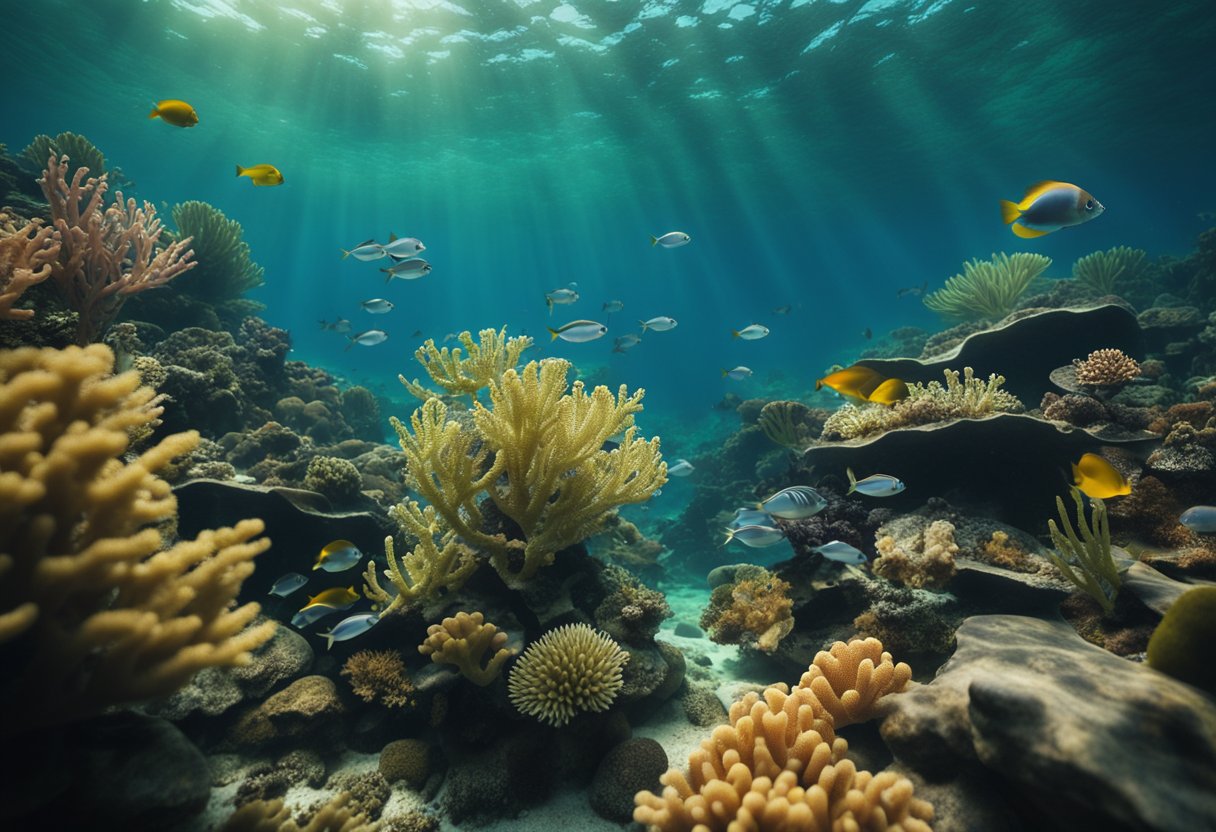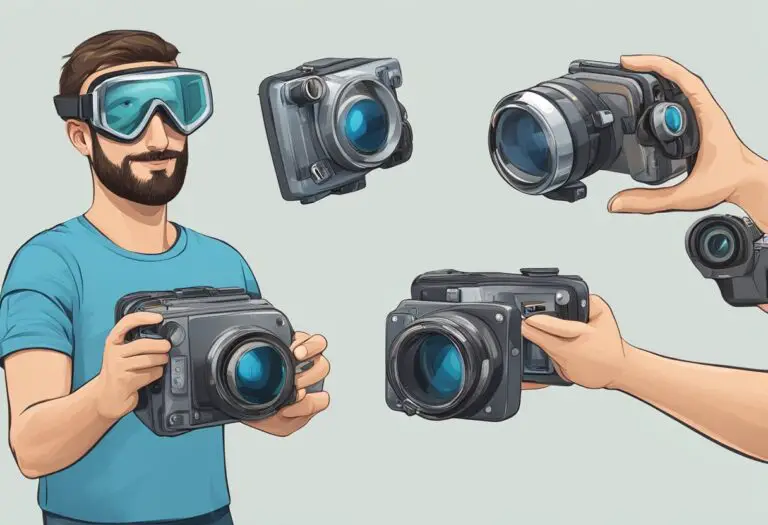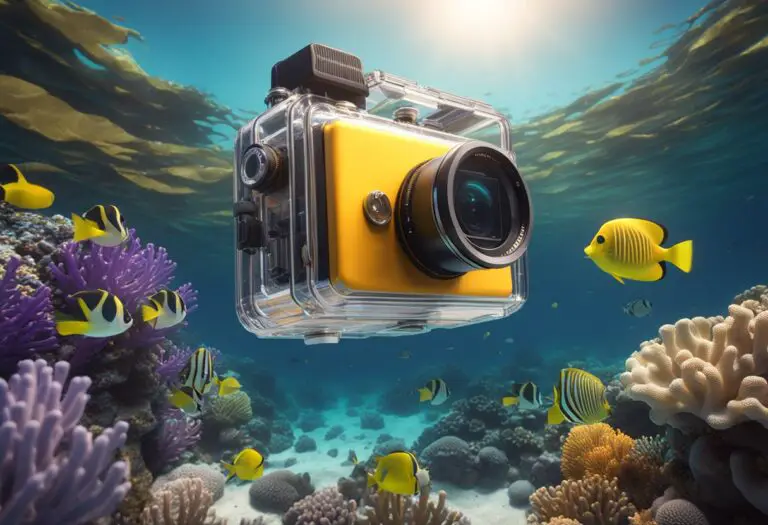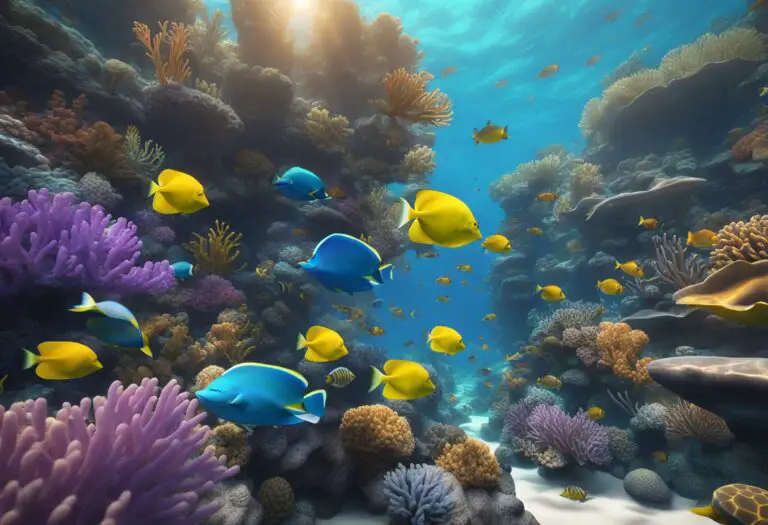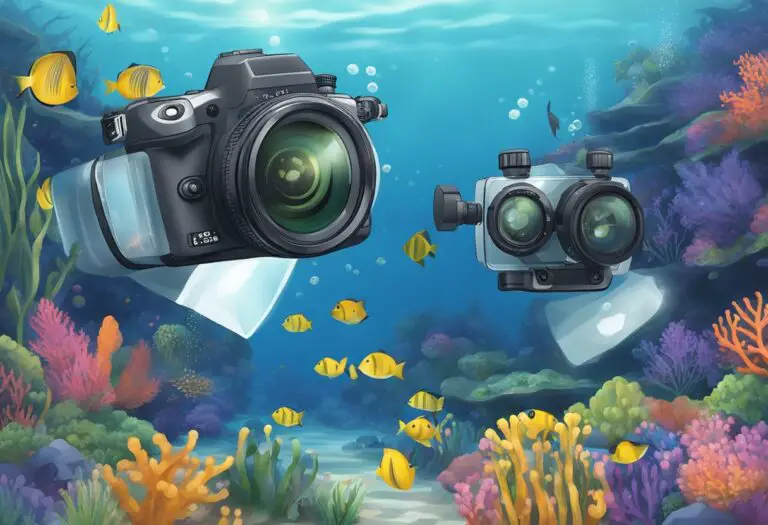What are the Differences Between Freshwater and Saltwater Underwater Photography Challenges
One of the most significant factors that affect underwater photography is the type of water environment being photographed. There are two main types of water environments: freshwater and saltwater. Each type presents its own set of challenges for photographers.
Freshwater environments are characterized by their low salinity levels, which can range from 0 to 0.5 parts per thousand (ppt). These environments include lakes, rivers, and streams. One of the most significant challenges for freshwater underwater photography is the presence of suspended particles in the water, such as sediment and algae. These particles can affect the clarity of the water, making it difficult to capture clear and sharp images. Additionally, freshwater environments tend to have lower visibility than saltwater environments, which can make it challenging to capture images of distant subjects.
On the other hand, saltwater environments are characterized by their high salinity levels, which can range from 35 to 40 ppt. These environments include oceans, seas, and saltwater lakes. One of the most significant challenges for saltwater underwater photography is the presence of light-absorbing particles in the water, such as plankton and algae. These particles can affect the color and clarity of the water, making it difficult to capture accurate and vibrant images. Additionally, saltwater environments tend to have higher visibility than freshwater environments, which can make it easier to capture images of distant subjects.
Fundamental Properties of Freshwater and Saltwater
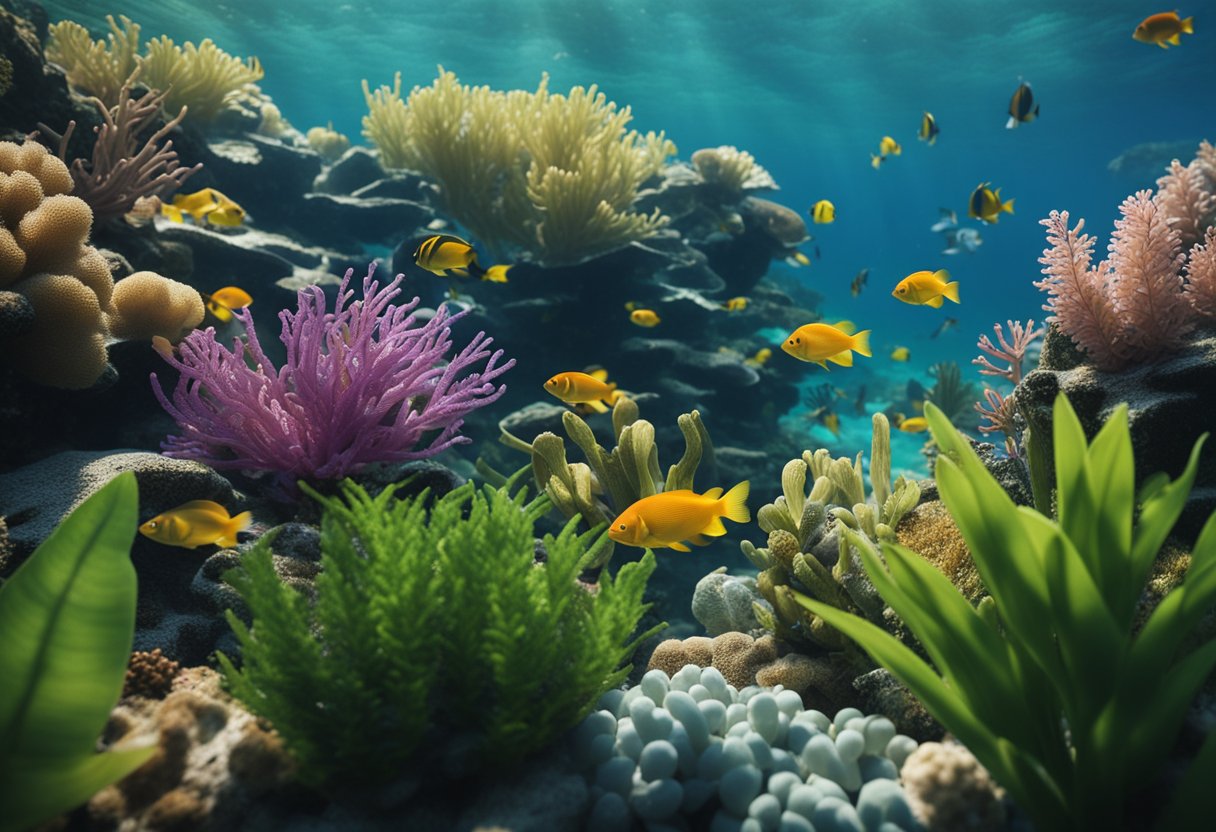
Visibility Differences
One of the most significant differences between freshwater and saltwater is the visibility. Saltwater is generally clearer than freshwater due to the lower concentration of suspended particles. This makes it easier to capture clear and sharp underwater photographs in saltwater. In contrast, freshwater bodies such as lakes and rivers often have higher concentrations of suspended particles, reducing visibility and making it more challenging to capture clear and sharp images.
Buoyancy Challenges
Buoyancy is another critical factor that affects underwater photography. Freshwater is less dense than saltwater, which means that divers need to wear more weight to maintain neutral buoyancy. This extra weight can make it challenging to maneuver and stay still underwater, which can affect the quality of the images captured. In contrast, saltwater is denser, meaning that divers need less weight to maintain neutral buoyancy, making it easier to stay still and capture clear images.
Temperature Variations
Temperature is another fundamental property that affects underwater photography. Freshwater bodies such as lakes and rivers can have significant temperature variations, which can make it challenging to capture clear images. For instance, if the surface water is warmer than the deeper water, it can create thermoclines, which can cause distortion in the images captured. In contrast, saltwater bodies such as oceans have a more uniform temperature, which makes it easier to capture clear and sharp images.
Overall, understanding the fundamental properties of freshwater and saltwater is critical for capturing high-quality underwater photographs. By considering factors such as visibility, buoyancy, and temperature, photographers can adjust their techniques and equipment to overcome the unique challenges posed by each environment.
Equipment Considerations
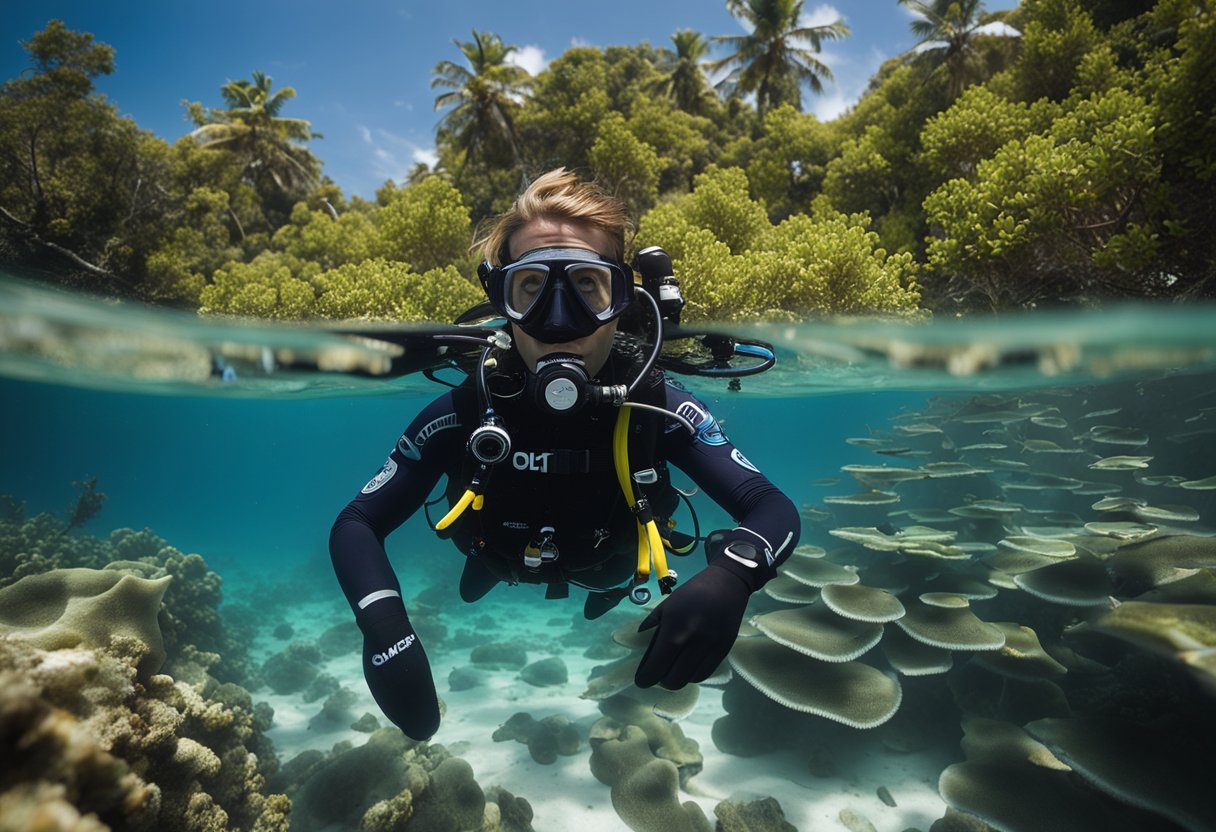
Camera Housing and Seals
When it comes to underwater photography, the most important piece of equipment is the camera housing. For freshwater photography, a basic waterproof camera housing will suffice, as the water is not as corrosive as saltwater. However, for saltwater photography, a more durable and expensive housing is necessary due to the corrosive nature of saltwater. It is important to ensure that the housing is properly sealed to prevent any water leakage, which can damage the camera.
Lighting and Color Correction
Lighting is another important consideration for underwater photography. In freshwater, natural light is usually sufficient, but in saltwater, the light may not penetrate as deeply, requiring additional lighting. Additionally, the color of the water in saltwater can cause color distortion, so color correction filters may be necessary to ensure accurate color representation.
Lens and Filter Selection
The lens and filter selection is also important for underwater photography. In freshwater, a standard lens may be sufficient, but in saltwater, a wide-angle lens is often necessary to capture the expansive underwater scenery. Additionally, filters may be necessary to reduce glare and enhance color accuracy.
Overall, freshwater and saltwater underwater photography present different challenges when it comes to equipment considerations. It is important to carefully consider the specific needs of each environment to ensure the best possible results.
Photography Techniques
Underwater photography in freshwater and saltwater environments presents different challenges. Photographers must use different techniques to capture stunning images in these two environments. The following subsections describe some of the techniques used in underwater photography:
Capturing Movement
Capturing movement is an important aspect of underwater photography. In freshwater environments, photographers can use slower shutter speeds to capture the movement of aquatic life. However, in saltwater environments, the photographer must use faster shutter speeds to capture the fast-moving marine life.
Managing Reflections and Refractions
Reflections and refractions can be a challenge in both freshwater and saltwater environments. In freshwater, the water is generally clearer, and the photographer can manage reflections by using polarizing filters. In saltwater, the photographer must deal with the refraction of light, which can distort the image. The photographer can manage refraction by using a wider lens and shooting from a distance.
Composition and Framing
Composition and framing are essential in both freshwater and saltwater environments. In freshwater, the photographer can use the natural light to create a beautiful composition. In saltwater, the photographer must use artificial light to create a balanced composition. The photographer must also consider the color of the water and the depth of the sea when framing the shot.
Overall, underwater photography in freshwater and saltwater environments presents different challenges. Photographers must use different techniques to capture stunning images in these two environments.
Marine Life Interaction
Underwater photography involves capturing the beauty of marine life. However, the challenges of photographing marine life differ in freshwater and saltwater environments. Here are some differences in marine life interaction while taking underwater photographs.
Species Behavior
Freshwater and saltwater environments have different marine life species, and their behavior varies. In freshwater, the species are mostly fish, and they are less aggressive towards humans. However, in saltwater, there are more aggressive species such as sharks, barracudas, and eels. Therefore, underwater photographers should be more cautious while taking photographs in saltwater environments.
Approach and Safety
Underwater photographers need to approach marine life cautiously to avoid disturbing them or putting themselves in danger. In freshwater, the approach is less challenging as the species are less aggressive. However, in saltwater, underwater photographers need to be more careful and avoid getting too close to dangerous marine life species. They should also be aware of their surroundings and avoid disturbing the marine life environment.
Environmental Impact
Underwater photography can have an impact on the marine life environment. In freshwater, the impact is less severe as the environment is less sensitive to human activity. However, in saltwater, the impact can be more significant as the environment is more sensitive. Underwater photographers should avoid touching or damaging the marine life environment and respect the natural habitat of the marine life species.
In conclusion, underwater photography in freshwater and saltwater environments differs in terms of marine life interaction. Underwater photographers should be aware of the differences and take necessary precautions to ensure their safety and avoid damaging the marine life environment.
Location-Specific Factors
Underwater photography in freshwater and saltwater environments comes with its own set of location-specific challenges. These challenges are largely influenced by the depth and topography of the location, the currents and tides, as well as the accessibility and permits required to access the site.
Depth and Topography
One of the key differences between freshwater and saltwater environments is the depth and topography of the location. Freshwater bodies such as lakes and rivers tend to be shallower and have a more consistent topography compared to the ocean. This can make it easier to plan and execute underwater photography shoots in freshwater environments.
In contrast, saltwater environments such as the ocean can vary greatly in depth and topography, making it more challenging to plan and execute underwater photography shoots. The depth and topography can also affect the lighting and visibility of the location, which can impact the quality of the photographs.
Currents and Tides
Another key difference between freshwater and saltwater environments is the presence of currents and tides. Saltwater environments are often subject to strong currents and tides, which can make it challenging to maintain a stable position while taking photographs. The strength and direction of the currents and tides can also impact the visibility and safety of the location.
In contrast, freshwater environments are generally more stable and have less current and tide activity. This can make it easier to maintain a stable position while taking photographs and can also improve the visibility of the location.
Accessibility and Permits
Finally, the accessibility and permits required to access freshwater and saltwater environments can also differ. Freshwater environments such as lakes and rivers are often more accessible and may not require permits to access. In contrast, saltwater environments such as the ocean may require permits and can be more challenging to access due to their remote location or protected status.
Overall, understanding the location-specific factors that influence underwater photography in freshwater and saltwater environments is key to planning and executing successful photo shoots. By considering the depth and topography, currents and tides, and accessibility and permits of the location, photographers can better prepare for the unique challenges of each environment.
Conclusion
Freshwater and saltwater underwater photography both have their unique challenges that photographers must consider. While freshwater photography may offer clearer visibility, it also presents challenges such as dealing with low light conditions and capturing fast-moving subjects. On the other hand, saltwater photography may offer a wider variety of subjects, but photographers must contend with the effects of saltwater on their equipment and the difficulty of capturing clear images in murky water.
To succeed in either type of underwater photography, photographers must have a deep understanding of the specific challenges they will face and the techniques and equipment needed to overcome them. By carefully considering factors such as lighting, composition, and subject behavior, photographers can capture stunning images that showcase the beauty and diversity of the underwater world.

